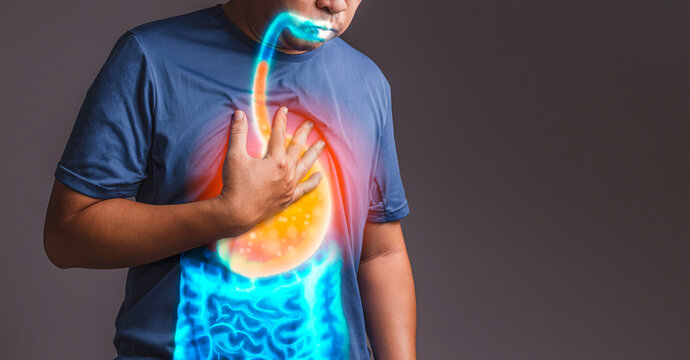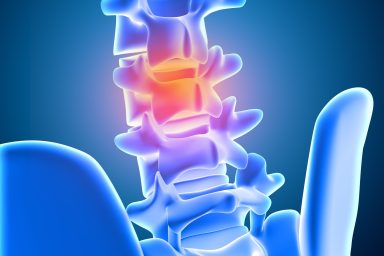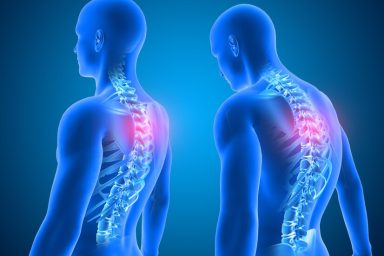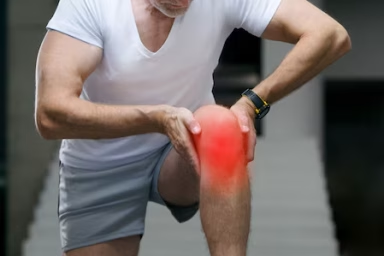- Home
- About Us
- Services
- Treatments
- Acid Reflux
- Allergic Rhinitis
- Alcoholic Fatty Liver
- Ankylosing Spondylitis
- Anxiety / Stress
- Arthritis
- Asthma
- Cervical Spondylitis
- Celiac Infection
- Colitis
- Constipation
- Dermatitis
- Detox Programme
- Diabetes (Madhumeha)
- Hair Fall
- Headache
- Hormonal Imbalance
- Hypertension
- Insomnia
- Irritable Bowel Syndrome
- Lungs Disease
- Migraine
- Neurological Disorder
- Non Alcoholic Fatty Liver
- Obesity Management
- Pain Management
- PCOD
- PCOS
- Sciatica Pain
- Sinusitis
- Skin Disorder
- Slip Disc
- Stress Management
- Thyroid
- Weight Management
- Techno-Ayurveda
- Media
- Blog
- Contact Us

Sciatica Pain
Understanding Sciatica Pain
In Ayurveda, sciatica is understood as a condition that occurs due to an imbalance in the body’s three primary energies or doshas: Vata, Pitta, and Kapha.
Vata Dosha: Vata is primarily responsible for movement in the body, including nerve function. Sciatica is often associated with an aggravated Vata dosha, particularly when it comes to the nerve-related pain. Vata is believed to be responsible for the dry, painful, and spasmodic nature of sciatica.
Pitta Dosha: When Pitta is imbalanced, it can contribute to inflammation and heat in the body. Inflammation around the sciatic nerve can worsen the pain.
Kapha Dosha: Though less directly related to sciatica, an imbalance in Kapha can cause stagnation in the body, leading to a buildup of toxins (ama), which might contribute to pressure on the sciatic nerve.
Symptoms of Sciatica Pain
1. Sharp Shooting Pain
2. Leg Numbness or Tingling
3. Difficulty in Moving One or Both Legs
4. Leg Weakness or Instability
Panchakarma Therapy for Sciatica Pain


Abhyanga
Abhyanga, a traditional Ayurvedic massage therapy, is often used to alleviate various forms of pain and discomfort, including sciatica. Sciatica refers to pain that radiates along the sciatic nerve, which extends from the lower back down through the hips and legs.

Swedana
Swedana, a therapeutic sweating treatment in Panchakarma, helps relieve sciatica pain by promoting circulation, reducing muscle stiffness, and eliminating toxins. By applying heat through steam or other methods, it relaxes the muscles, alleviates inflammation, and supports healing.

Basti (Enema Therapy)
Basti, an enema therapy in Panchakarma, helps alleviate sciatica pain by detoxifying the body and balancing Vata dosha. It involves the introduction of medicated oils or herbal decoctions, reducing inflammation, relieving muscle spasms, and improving circulation for long-term pain relief.
Common Causes of Sciatica Pain

Piriformis Syndrome
Piriformis syndrome, a potential cause of sciatica pain, occurs when the piriformis muscle compresses the sciatic nerve. Contributing factors include muscle tightness, improper posture, prolonged sitting, overuse, or injury, leading to inflammation and radiating pain along the sciatic nerve.

Herniated Disk
A herniated disc occurs when the soft inner material of a spinal disc bulges out, pressing on the sciatic nerve. Causes include age-related degeneration, improper lifting, poor posture, trauma, or repetitive strain, leading to inflammation and sciatica pain.

Spinal Stenosis
Spinal stenosis occurs when the spinal canal narrows, compressing the sciatic nerve. Causes include age-related disc degeneration, arthritis, herniated discs, or bone spurs. This narrowing leads to nerve compression, resulting in sciatica pain, weakness, and numbness in the legs.

Spondylolisthesis
Spondylolisthesis occurs when a vertebra slips out of place, often compressing the sciatic nerve. Causes include congenital defects, trauma, degenerative disc disease, or stress fractures. This misalignment leads to nerve irritation, resulting in sciatica pain, stiffness, and weakness.
Herbal Remedies for Sciatica Pain

Ashwagandha

Turmeric

Shallaki

Nirgundi
Ayurvedic Home Remedies for Sciatica Pain

Lepa with Ayurvedic Herbal Mixture

Hot Oil Massage

Rest

Hot or Cold Compress
FAQs of Sciatica Pain
Sciatica pain is a sharp or shooting pain that radiates along the sciatic nerve, typically from the lower back to the legs.
Sciatica is often caused by a herniated disc, spinal stenosis, or piriformis syndrome, which put pressure on the sciatic nerve.
Symptoms include lower back pain, tingling or numbness in the legs, muscle weakness, and shooting pain that worsens with movement.
